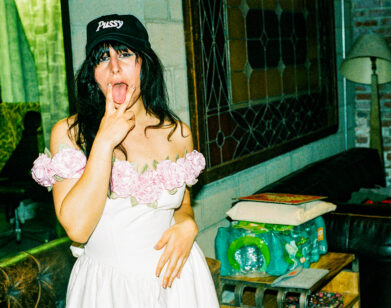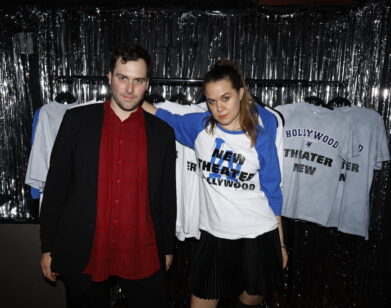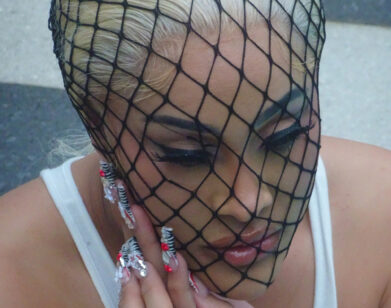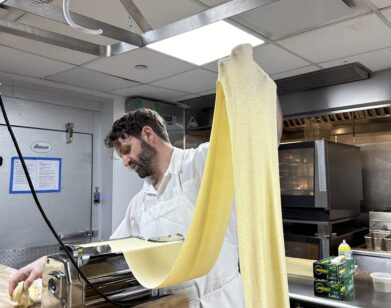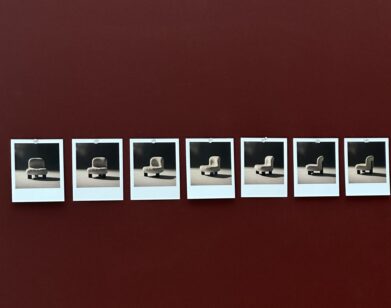Ed Sanders’ New York Fugging City
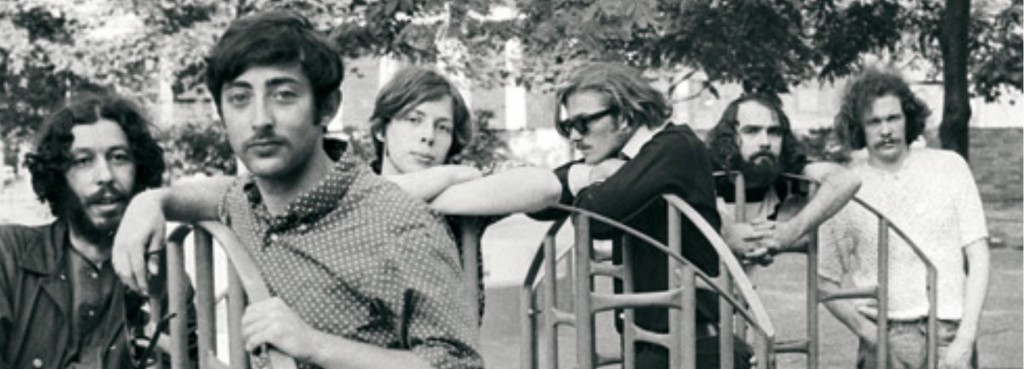
ABOVE: ED SANDERS (FAR RIGHT) WITH THE FUGS IN THEIR HEYDAY.
The Lower East Side was once a neighborhood for revolutionaries. In the 1960’s, America’s youth was high on freedom, forging new ways to create art and exchange rebellious ideas. In Ed Sanders’ Fug You: An Informal History of the Peace Eye Bookstore, the Fuck You Press, The Fugs, and Counterculture in the Lower East Side (Da Capo), he revisits the gritty streets which inspired his soulful, dissonant songs. With neighbors like Allen Ginsberg and Tuli Kupferberg, who co-founded influential psych-rock band The Fugs with him, Sanders lived in a tumultuous time where Jimi Hendrix played down the block, Coltrane jived around the corner, Happenings exploded everywhere, and downtown Manhattan became a creative nucleus, where artists fed off each other’s passion.
Sanders’ book is both a tumultuous diary and a firsthand account of his experiences with some of the great minds of his generation. Sanders writes candidly about both the triumphs and failures of artsy folk in the ’60s and ’70s. Including photos, drawings, and setlists, these pages are a passionate musical scrapbook. Sanders has since moved away from his old Lower East Side streets, but we caught up with him in Woodstock, New York, where we talked about his old neighborhood, pierogies, peyote, Jimi Hendrix’s first wah-wah pedal, Vietnam, the blueprints for peace in folk music, and how he survived it all.
ROYAL YOUNG: Could you tell me about the Lower East Side you realized your artistic self in?
ED SANDERS: I first became aware of the Lower East Side when I was attending New York University in the late 1950s. It was a place you could buy peyote and joints. Then I became aware of it as a place with very affordable rent. My apartment on East 4th Street in 1960 was $48 a month. It was a place of World War II rent controls. There was a heavy Eastern European and Ukrainian influence, women wearing babushkas sitting in Tompkins Square Park enjoying the morning sun. In the back of restaurants on Avenue A, you could see ladies in headscarves making pierogi. I don’t want to glorify it too much, but it was kind of a turbulent, but golden, era. There was a rebel flavor and a lot of writers, and all the bars, Rafiki and the Dom, The Annex on Avenue B. All those have disappeared into the dissolution of time. The Lower East Side changes, but it leaves an indelible fingerprint on you.
YOUNG: I was born there in ’85, so I remember a very different Lower East Side. Mine was really hood.
SANDERS: Tompkins Square Park was always very multicultural. Although we fought in the early ’60s to get a band shell. They finally put it in in ’66, then tore it down when it was used by homeless people in the ’90s. The same band shell we had struggled so long to get. Last June was the Howl Festival, and I stood there and read Howl on Allen Ginsberg’s birthday.
YOUNG: It sounds like you advocated and fought for much in the neighborhood. But I’m also wondering how a sense of crime and real danger explained or informed your world.
SANDERS: When I was with The Fugs playing in the West Village, my wife and daughter would walk over at two in the morning and didn’t think anything about it. You had to be aware. You just had to know what part of which block wasn’t safe and when it wasn’t. You had a safety-dar, an inner map you carried in your mind. That’s one of the reasons we moved out of the Lower East Side, because there were several murders that we saw outside our window.
YOUNG: In addition to this sense of danger in the streets, at the time you lived in the Lower East Side, the Vietnam War was going on. Could we talk a bit more about this atmosphere of violence?
SANDERS: The Vietnam War was like a wound that would never heal. No matter how much we partied, made records, performed, ran bookstores and published magazines, the war just went on and on, and we began to have hundreds of thousands of people in the streets. It was a long struggle, but after 10 years, we were finally able to end it. Wars are hard to end, because the armchair patriots just love them. They just sit in their armchairs, and war is like one big computer game.
YOUNG: How did this feeling that you were living in a country where you didn’t believe in what was happening—how did that affect your art and music?
SANDERS: Well, the 1960s also saw a huge advance in recording. People had been doing most of their recording on four-track, then graduated to eight, then 12, and The Fugs did too. No country that invented the wah-wah pedal can be totally evil. The Fugs’ equipment manager, a guy named Danny Green, showed an early prototype to Jimi Hendrix, who took it off to England, then hit the Monterey Pop Festival and became the genius of the wah-wah pedal. We were astounded by the rise in technology and the thrill of freedom. The revolts in theatre, rock-‘n’-roll, publishing, underground films, which people like Andy Warhol and I tried our hands at. There was this sense of throwing the destiny of the United States up for grabs. We thought social democracy would take hold, that we’d have cradle-to-grave medical care, food, and enough money for everyone to avoid poverty. We were wrong. But we thought very fervently at the time that there was going to be a huge and enormous change in America for the better.
YOUNG: Why do you think that didn’t play out?
SANDERS: Music was our pathway to promote peace and justice. That’s the legacy, folk rock and all the bands that put out wonderful songs, Dylan, Beatles, Crosby, Stills, Nash and Young, Joni Mitchell. We left our songs to show direction and ideas for a better world.
YOUNG: Could you tell me a little more about the Peace Eye, your bookstore, the philosophy of peace, and this open hope for the future?
SANDERS: I found an old, empty kosher meat market on 10th Street, between B and C. I left the words “Strictly Kosher” on the front window and put the words “Peace Eye Bookstore” above it. I was putting out Fuck You, a magazine of the arts. Allen Ginsberg lived just down the street and next door to the Peace Eye lived Tuli Kupferberg, with whom I founded The Fugs. We loved the idea of happenings, that you could dance around, shout and make poetry. We had one foot in the revolution and the other in fun and thrills. We were very young and didn’t have to sleep. We drank too much and probably took too many psychedelics.
YOUNG: So often creativity is consumed by addiction.
SANDERS: I had a rather cavalier attitude about heroin in those days. I never tried it, but just like somebody now might say, “Do you mind if I smoke?” then, they’d say, “Do you mind if I shoot up?” Though I had a forgiving attitude, I’ve seen it ruin a lot of people’s lives. I was friends with Janis Joplin and saw her not long before she shot the heroin that killed her.
YOUNG: What do you think about the Lower East Side now?
SANDERS: I still have a warm, fuzzy glow in my psyche about the Lower East Side. I know it was hard on a lot of people, but in my circle, it was a temporary zone of sharing, creativity, love and buzz. The streets were safe enough to go down to the park and let our kids dance in the water fountains.
ED SANDERS’ FUG YOU IS OUT NOW.

